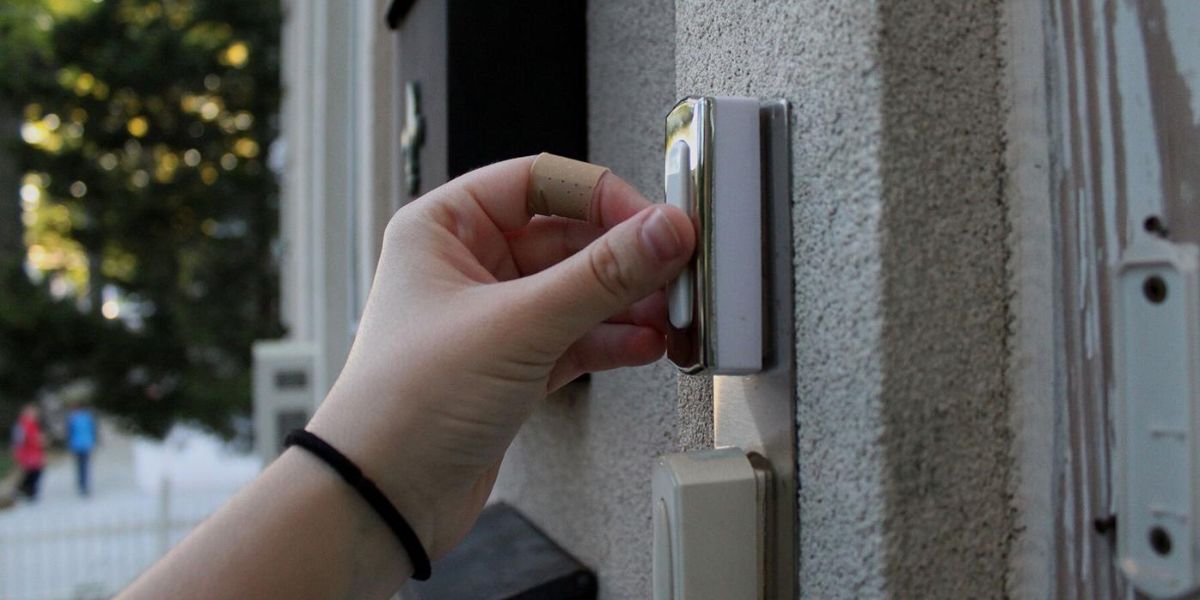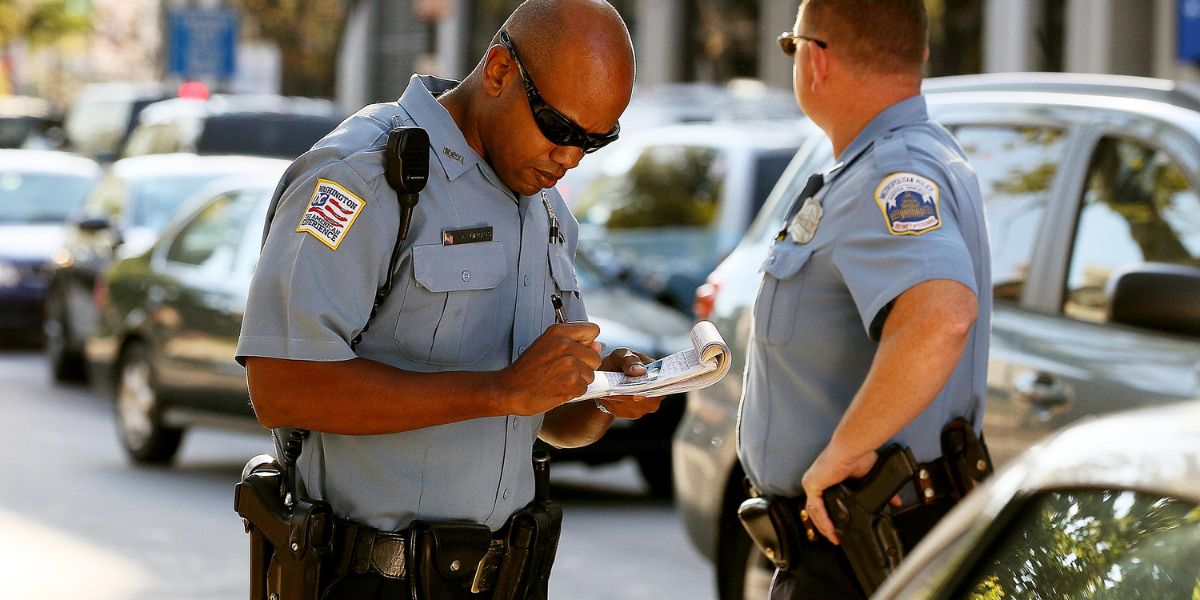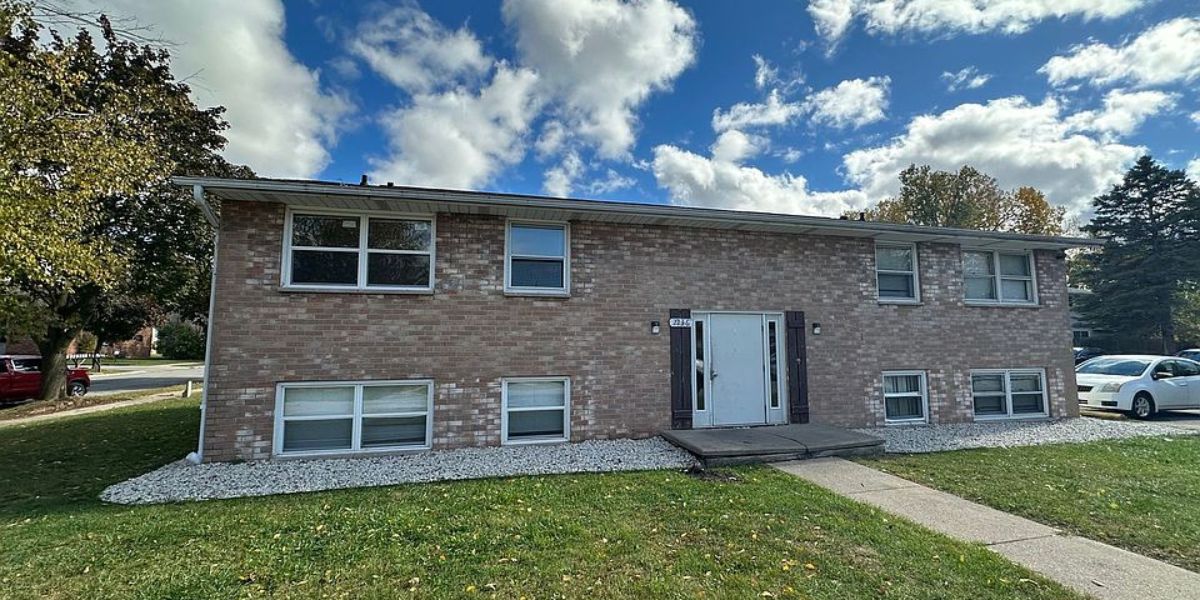EVERETTToday, the Healey-Driscoll Administration’s proposed amended regulations regarding the use of time-out procedures in schools were unanimously approved by the Board of Elementary and Secondary Education. Some schools use designated rooms for time-outs, a behavioral support technique meant to help pupils relax. Increased openness and communication between schools and families, as well as safer and more encouraging learning settings, are the goals of these revised legislation.
The Department of Elementary and Secondary Education’s (DESE) stakeholder working group and public comments served as the basis for today’s regulatory adjustments. Overall, the changes include updating the definitions of time-out and seclusion, adding requirements for any space or room used for time-out, adding emergency situations where a staff member is readily available to the student as a last resort, and adding safeguards for when emergency seclusion is used.
School environments that are inclusive, accessible, safe, and welcoming are essential for kids’ academic, behavioral, and social-emotional development. Education Secretary Dr. Patrick Tutwiler stated, “We know that a big part of that is seeing all students learn alongside their peers to the greatest extent possible.” The modifications that were adopted today provide districts and schools with more clarity regarding the proper behavioral supports that must be provided in order for every student to succeed.
Important modifications to the rules will:
- Align the state s definition of seclusion more closely with the definition used by the U.S. Education Department s Office for Civil Rights for data collection purposes.
- Update the definition of time-out to include in an unlocked setting from which the student is permitted to leave.
-
Add requirements about any room or area that is used for time-out, including that the room be:
- of appropriate size for the age and the needs of the student;
- appropriately lighted, ventilated, and heated or cooled, consistent with the rest of the building; and
- free of objects or fixtures that are inherently dangerous to the student.
-
Add emergency circumstances under which a type of seclusion can be used as a last resort if there is an imminent threat of assault or serious physical harm to the student or others.
- In such situations, an adult must be present and monitoring the student and several conditions must be met, including prior consent from the student s family and documentation from a licensed mental health professional and physician.
- Require that parents be notified if emergency seclusion is used and require schools to conduct weekly and monthly review of data related to seclusion.
- of appropriate size for the age and the needs of the student;
- appropriately lighted, ventilated, and heated or cooled, consistent with the rest of the building; and
- free of objects or fixtures that are inherently dangerous to the student.
- In such situations, an adult must be present and monitoring the student and several conditions must be met, including prior consent from the student s family and documentation from a licensed mental health professional and physician.
Our pupils should be able to learn in safe, healthy settings free from harmful seclusion practices that are bad for their health. Attorney General Andrea Joy Campbell expressed her gratitude to the Department of Elementary and Secondary Education for putting up these revised regulations, which offer a substantial increase in protections against seclusion.
In order to fulfill the unique needs of students throughout the Commonwealth and maintain secure learning environments, our member schools employ hundreds of caring, highly qualified teachers and staff. These educators are better able to support the kids they work with every day when they have clear policies that are influenced by subject-matter specialists. Executive Director Elizabeth Dello Russo Becker of the Massachusetts Association of Approved Special Education Schools said, “We are grateful for the thorough process DESE went through to finalize these regulations and look forward to improving outcomes for staff and the students they serve.”
To allow districts time to make the required adjustments, the new regulations will go into effect on August 17, 2026. The documents for today’s Board meeting contain more details. The Department intends to offer financial opportunities and information on the revised regulations to assist districts and schools in putting the changes into practice.
Time-out procedures and the use of time-out rooms have drawn increasing national attention in recent years, and since 2020, DESE has been researching the subject in Massachusetts. In order to produce guidelines in 2021, DESE worked with a wide variety of stakeholders during the 2020–2021 academic year (download). Since releasing those guidelines, DESE has stepped up its oversight of school time-out procedures and given funding to districts to assist them in minimizing or doing away with what they described as improper use of time-out procedures.






